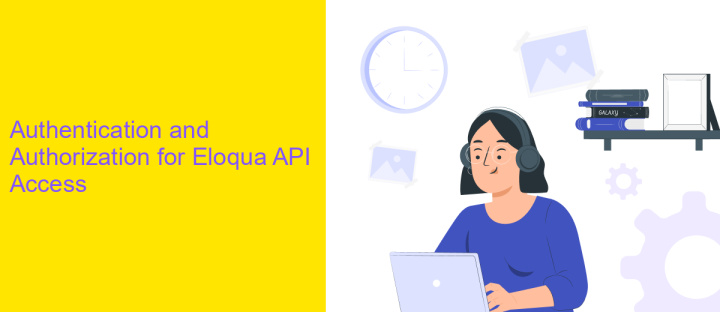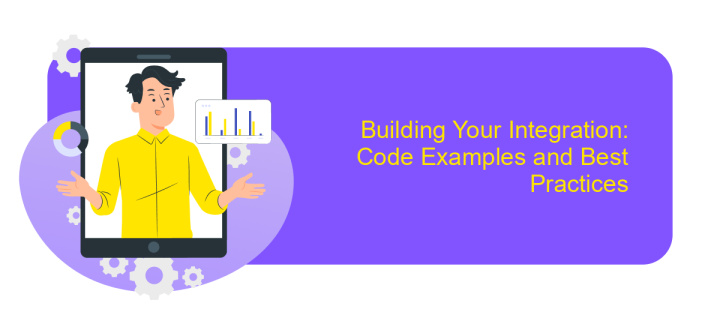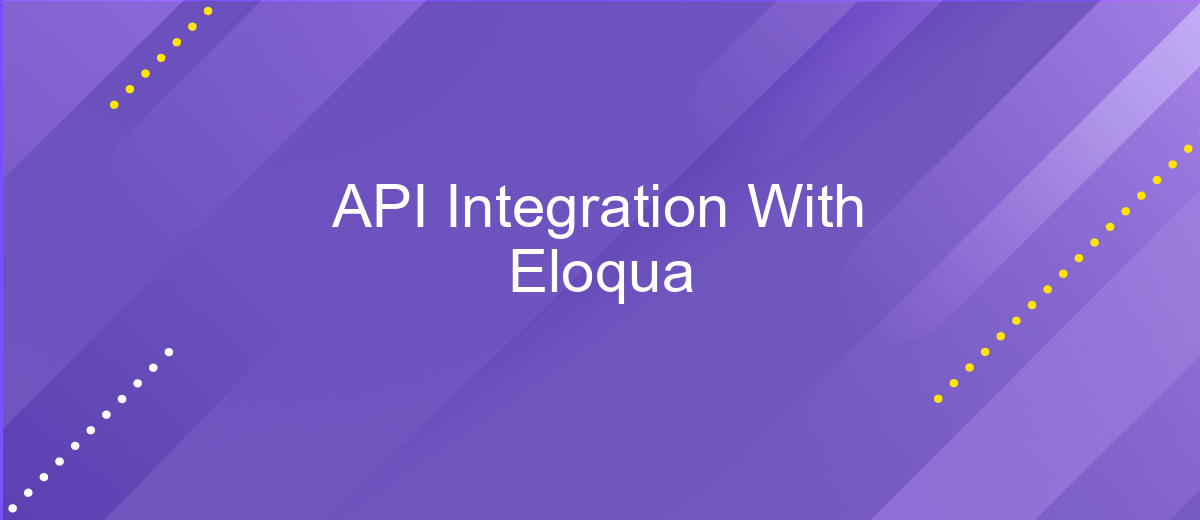API Integration With Eloqua
API integration with Eloqua offers businesses a powerful way to enhance their marketing automation capabilities. By seamlessly connecting Eloqua with other platforms, companies can streamline data exchange, improve customer engagement, and personalize marketing efforts. This integration enables real-time data synchronization, ensuring that marketing campaigns are informed by the most up-to-date information. Discover how leveraging Eloqua's API can transform your marketing strategy and drive better business outcomes.
Understanding Eloqua's API Capabilities
Eloqua's API offers a robust framework that allows developers to seamlessly integrate and extend the platform's capabilities. Understanding these capabilities is crucial for optimizing marketing strategies and achieving better customer engagement. Eloqua's API provides a comprehensive suite of tools that enable data synchronization, campaign management, and analytics integration, ensuring that marketers can harness the full potential of their data.
- REST API: A straightforward interface for accessing Eloqua's features, allowing for easy integration with other applications.
- Bulk API: Designed for handling large volumes of data, this API is perfect for importing and exporting data efficiently.
- SOAP API: Offers more granular control over Eloqua's functionalities, suitable for complex integrations.
- AppCloud Developer Framework: Enables the creation of custom applications and integrations directly within the Eloqua platform.
By leveraging Eloqua's diverse API capabilities, businesses can automate processes, enhance customer interactions, and gain valuable insights into their marketing efforts. These APIs not only provide flexibility and scalability but also empower organizations to create personalized and effective marketing campaigns tailored to their unique needs.
Authentication and Authorization for Eloqua API Access

To access Eloqua's API, authentication and authorization are crucial steps. Eloqua uses OAuth 2.0 protocol for secure authentication, ensuring that only authorized users can access the data. The process begins with registering your application in Eloqua to obtain a client ID and client secret. These credentials are essential for acquiring an access token, which grants permission to interact with Eloqua's resources. Upon receiving the access token, it must be included in the HTTP headers of API requests to authenticate each call.
For seamless integration and management of API connections, services like ApiX-Drive can be highly beneficial. ApiX-Drive simplifies the process by providing a user-friendly interface to set up and manage API integrations without extensive coding. It helps in handling authentication flows and automates data transfer between Eloqua and other platforms. Utilizing such tools can significantly reduce the complexity of managing API access, ensuring secure and efficient data exchange while maintaining compliance with Eloqua's authentication protocols.
Key Eloqua API Endpoints and Use Cases

When integrating with Eloqua, understanding key API endpoints is crucial for leveraging its full potential. Eloqua offers a robust set of RESTful APIs that allow developers to interact with various components of the platform, streamlining marketing automation and improving data management.
- Accounts API: This endpoint is used to manage account data, enabling the retrieval, creation, and updating of account records within Eloqua.
- Contacts API: Essential for managing contact information, this API allows you to access, modify, and delete contact records, facilitating personalized marketing strategies.
- Assets API: Utilize this endpoint to handle marketing assets such as emails, landing pages, and forms, streamlining content creation and management processes.
- Campaigns API: This endpoint is key for campaign management, allowing you to create, update, and monitor marketing campaigns to enhance engagement and ROI.
By effectively utilizing these Eloqua API endpoints, businesses can automate marketing tasks, improve data accuracy, and enhance customer engagement. Each endpoint serves specific use cases, from data management to campaign optimization, providing a comprehensive toolkit for marketers to drive success.
Building Your Integration: Code Examples and Best Practices

When building your integration with Eloqua, it's crucial to start by understanding the API capabilities and limitations. Familiarize yourself with the Eloqua API documentation to ensure you can effectively leverage its features. This will help you plan your integration strategy and avoid common pitfalls.
Next, focus on writing clean, maintainable code. Use a modular approach by breaking down your integration into smaller, reusable components. This will not only make your code easier to understand but also simplify future updates and troubleshooting. Consistency in naming conventions and code structure is key to a successful integration.
- Utilize OAuth for secure authentication and authorization.
- Implement error handling to manage API call failures gracefully.
- Use logging to track API interactions and identify issues.
- Optimize API calls to reduce latency and improve performance.
Finally, always test your integration thoroughly in a development environment before deploying it to production. This allows you to catch and fix issues early, ensuring a smooth user experience. Regularly update your integration to accommodate API changes and new features released by Eloqua.


Troubleshooting and Common Integration Challenges
When integrating Eloqua with other systems, one common challenge is ensuring data consistency across platforms. Discrepancies can arise due to mismatched data fields or differences in data formats. To address this, carefully map fields between systems and use data transformation tools to align formats. Additionally, regularly audit data flows to detect and rectify any inconsistencies promptly.
Another frequent issue is authentication errors, often due to incorrect API credentials or token expirations. Double-check all credentials and ensure they are up-to-date. Implement automated alerts for token renewals to avoid disruptions. For a streamlined integration process, consider using ApiX-Drive, which simplifies connecting Eloqua with various platforms through its intuitive interface and automated workflows. This service can help bypass many common integration hurdles, offering a more seamless data exchange experience.
FAQ
What is Eloqua API integration and why is it important?
How can I authenticate my application with the Eloqua API?
What are some common use cases for Eloqua API integration?
How can I automate the integration process without extensive coding?
What should I do if I encounter errors during the API integration process?
Apix-Drive will help optimize business processes, save you from a lot of routine tasks and unnecessary costs for automation, attracting additional specialists. Try setting up a free test connection with ApiX-Drive and see for yourself. Now you have to think about where to invest the freed time and money!

